Director and cinematographer Steven Soderbergh doesn’t care about the camera. He cares more about the story. And indeed, he shot another successful feature (Presence) on a prosumer camera (Sony a9 III).
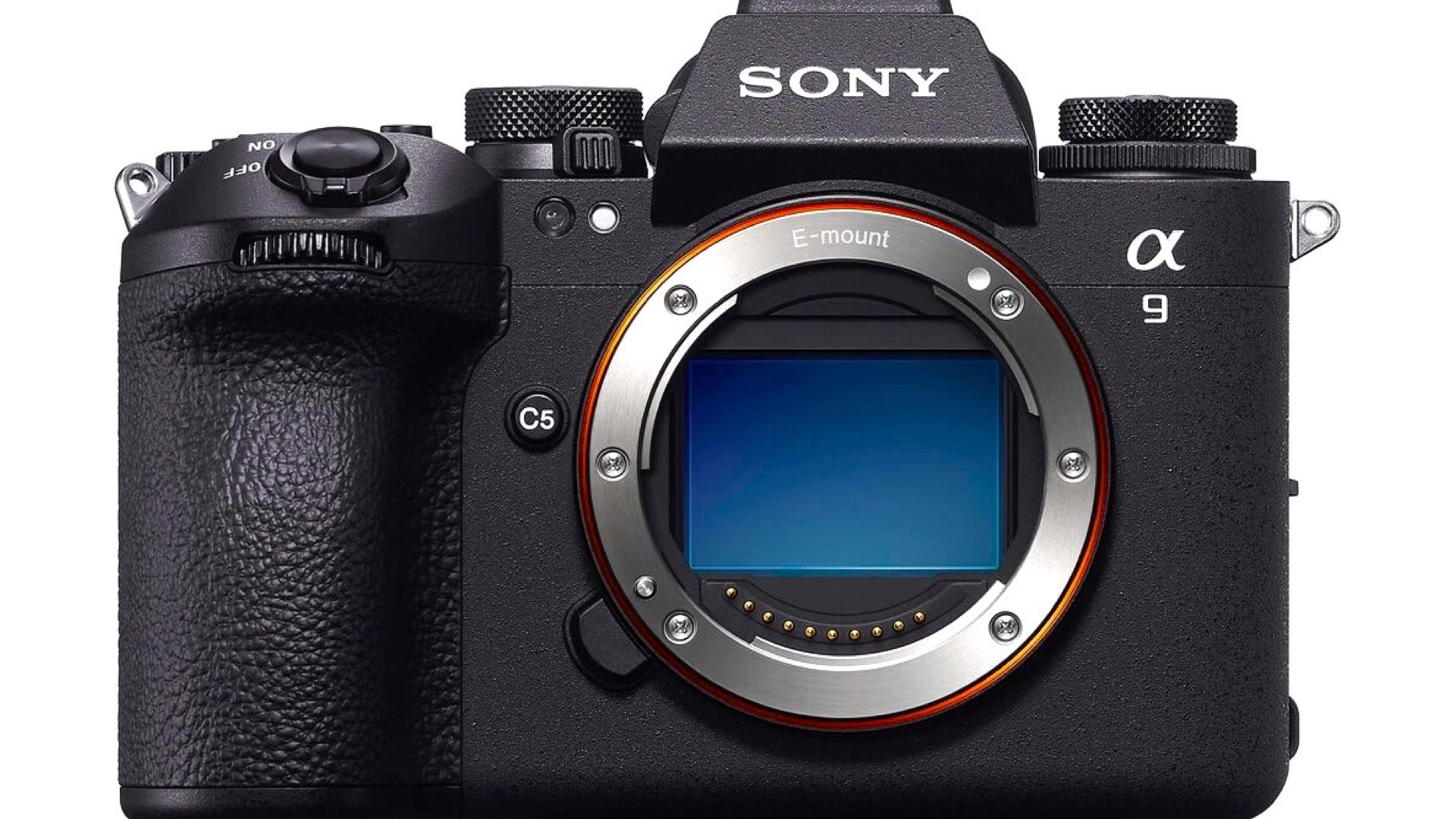
Soderbergh: Unconventional director and cinematographer
Director and cinematographer Steven Soderbergh loves to be the first to try new cameras even on high-end feature film productions. His early films were primarily filmed on Super 8 and 16 mm film formats. In the middle of his career, he was not afraid to utilize new cameras even in their production phase. For instance, Contagion (2011) which is one of the most-watched movies in the COVID era, was shot on the RED One MX. Before that, Soderbergh filmed all of The Girlfriend Experience (2009) on a Red One camera, which has retailed for $4000 for that time. Furthermore, Soderbergh filmed the entirety of Unsane (2018) on an iPhone 7 Plus with its 4K digital camera using the app FiLMiC Pro. He then filmed the entirety of 2019’s High Flying Bird on an iPhone 8. Lastly, Soderbergh is the first to shoot a feature film (Let Them All Talk) entirely on the new RED Komodo. And now he used the Sony a9 III to shoot Presence, which is a 2024 American psychological thriller film directed by Soderbergh himself. The film premiered at the 2024 Sundance Film Festival on January 19, 2024. It appears that the thriller was so intense, that some viewers walked out of the theater. Shortly after screening, Neon acquired distribution rights to the film for $5 million. Unfortunately, there’s no trailer to show.
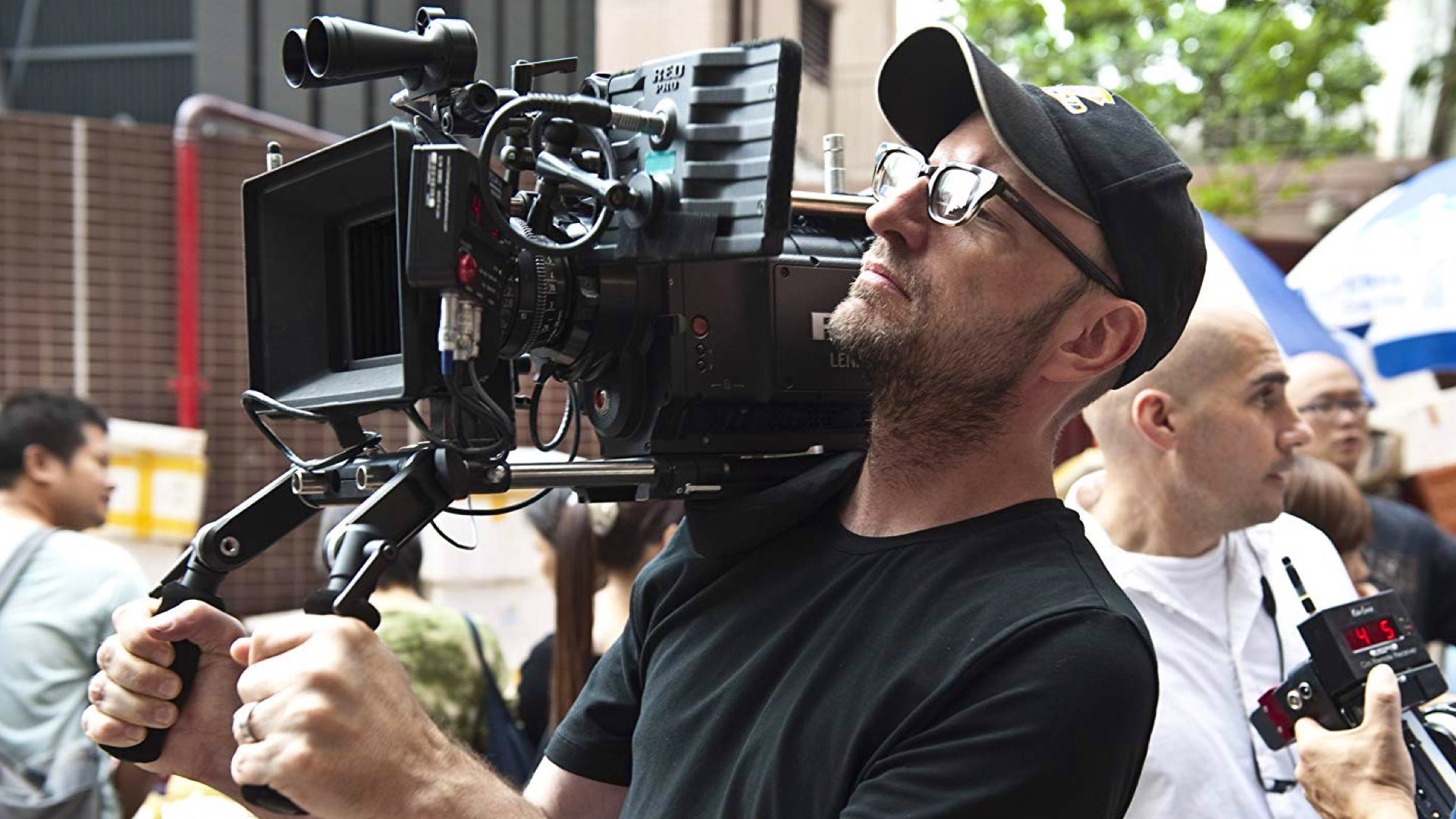
Why Sony a9 III?
In an interview with Filmmaker Magazine, Soderbergh sheds light on why he chose the Sony a9 III. “We shot this on the newest iteration of the Sony DSLR, which is, as you know, a digital single-lens reflex camera. Its primary mode is as a still camera, but it also shoots really good video” he says and adds: “It’s small, and this new version has a sensor that was never used in a DSLR before. I did experiments with all the digital cameras that I’d worked with before and ones I hadn’t. I stripped them down as much as I could, then put them on the smallest stabilization rig that would support them. What I discovered was that there was just a couple of pounds difference between the camera I could use and stabilize and be able to back into any space I wanted to, and the next step up made that impossible because of the weight. We did all these tests with the Sony and this one rig. And I’m like, ‘This’ll work. It’s not heavy”. Yes, we know, the Sony a9 III is not a ‘DSLR’. Hence, Soderbergh got it wrong. Anyway, why did he choose this Sony mirrorless over others?
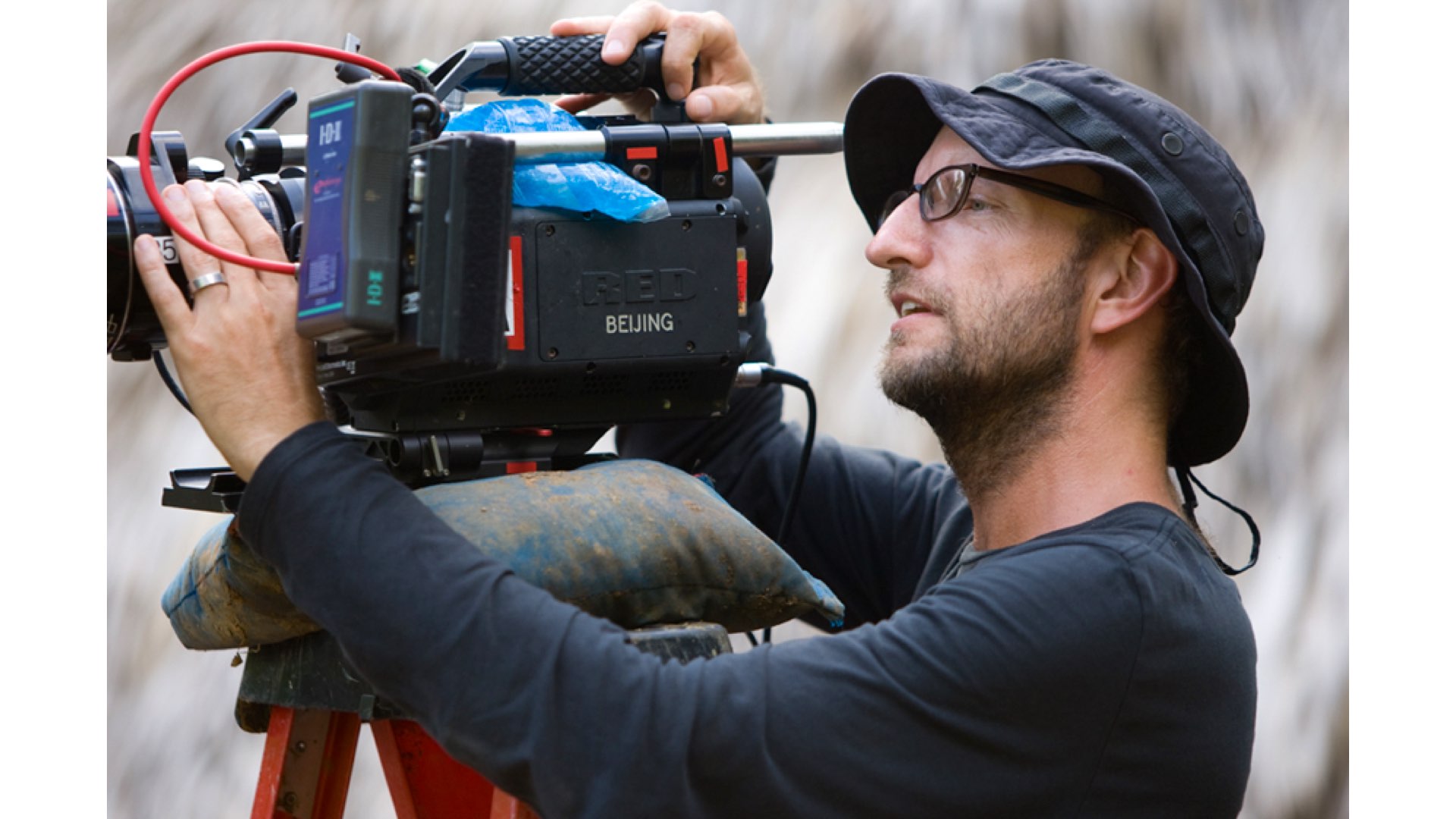
World’s 1st mirrorless camera with a full-frame global shutter sensor
Although the a9 III is the world’s first mirrorless camera with a full-frame global shutter sensor, we don’t think that this main and unique feature made Soderbergh choose it over other mirrorless cameras. The reason is that Soderbergh likes to shoot from tripods rather than handheld or fast camera movements. Anyway, the a9 III is one of the better mirrorless out here, and offers pro-quality 4K video (downsampled the full 6K). So it’s a good camera. And Soderbergh proves one more time that you don’t need a top-notch cinema camera in order to deliver successful features.
Product List
Here are the products mentioned in the article, and the links to purchase them from authorized dealers.
- Sony a9 III Mirrorless Camera

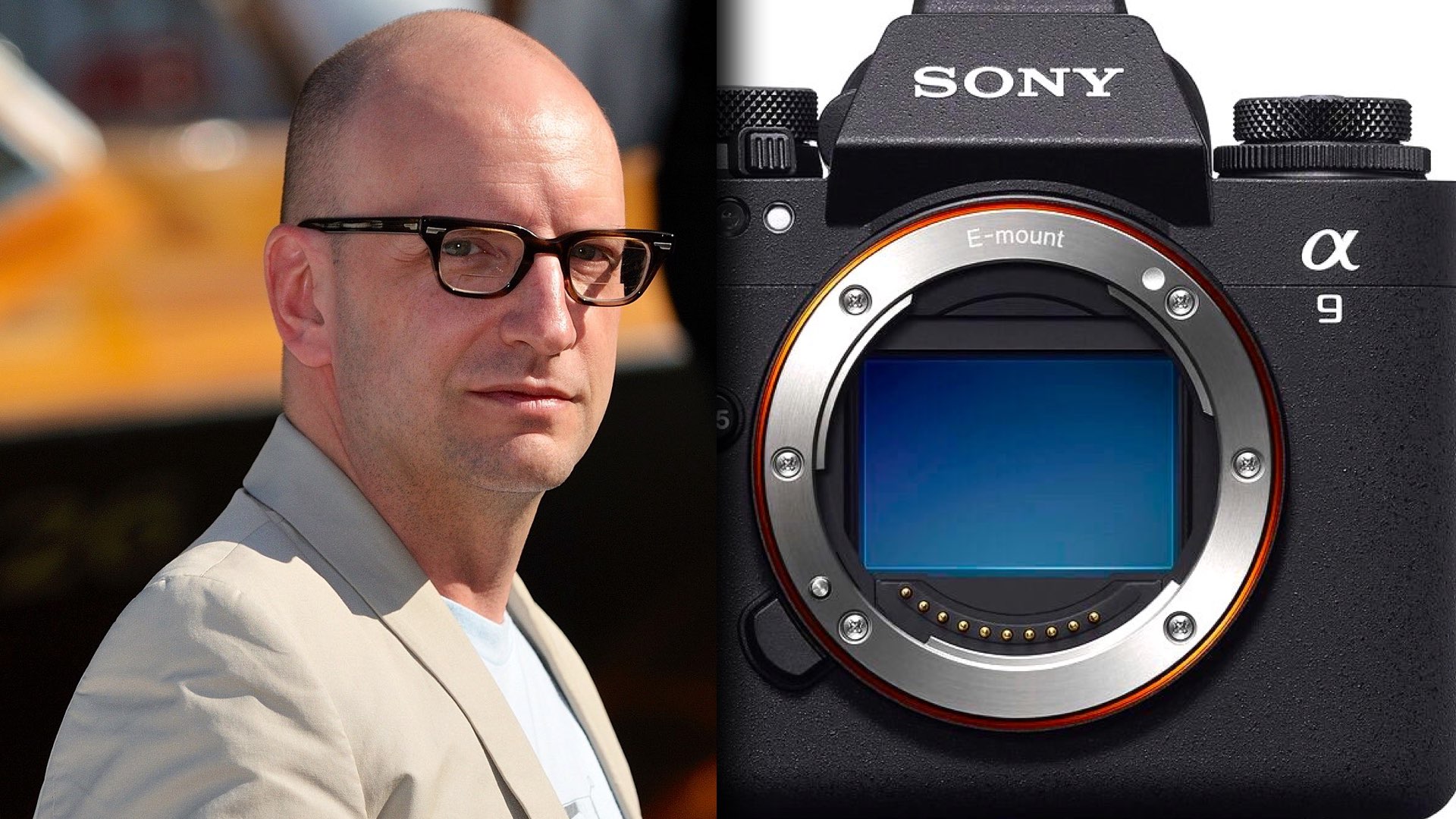
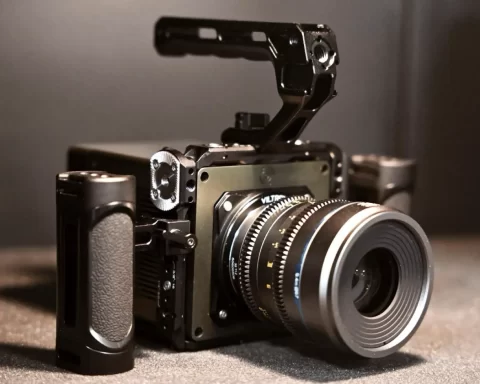
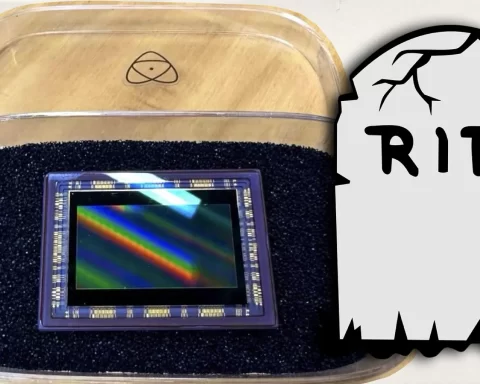
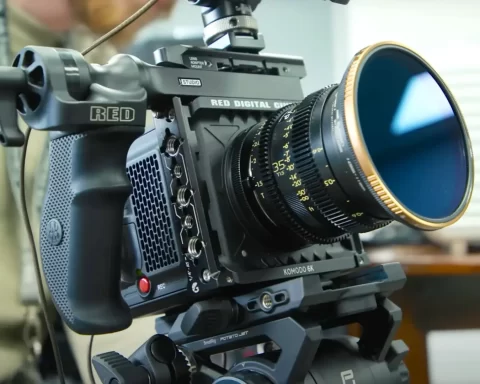
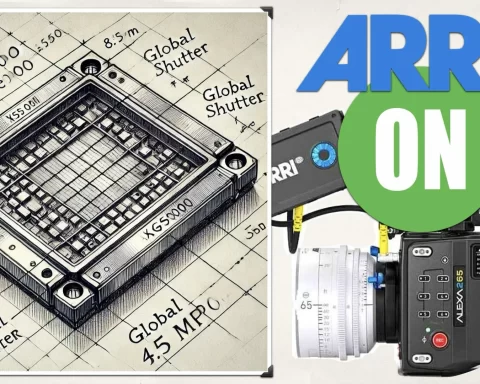
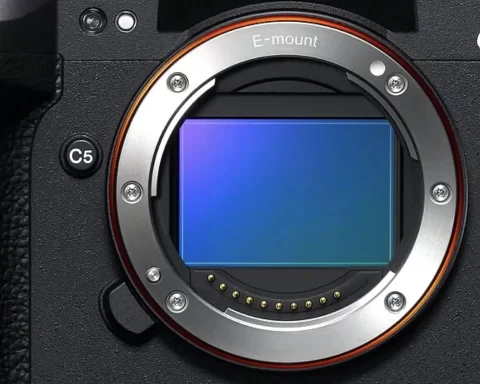
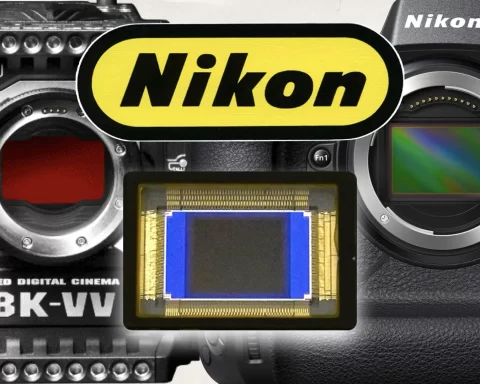

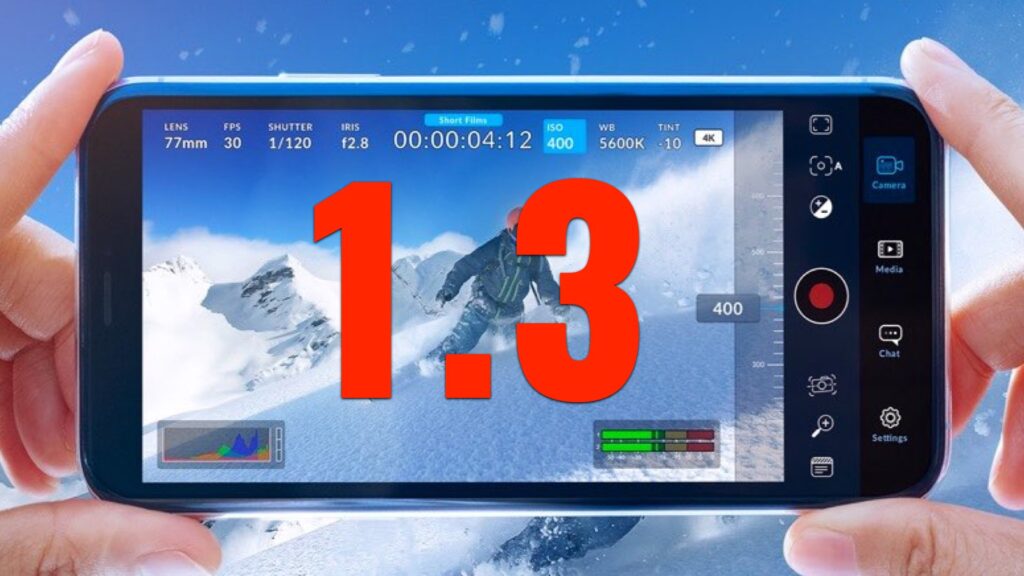
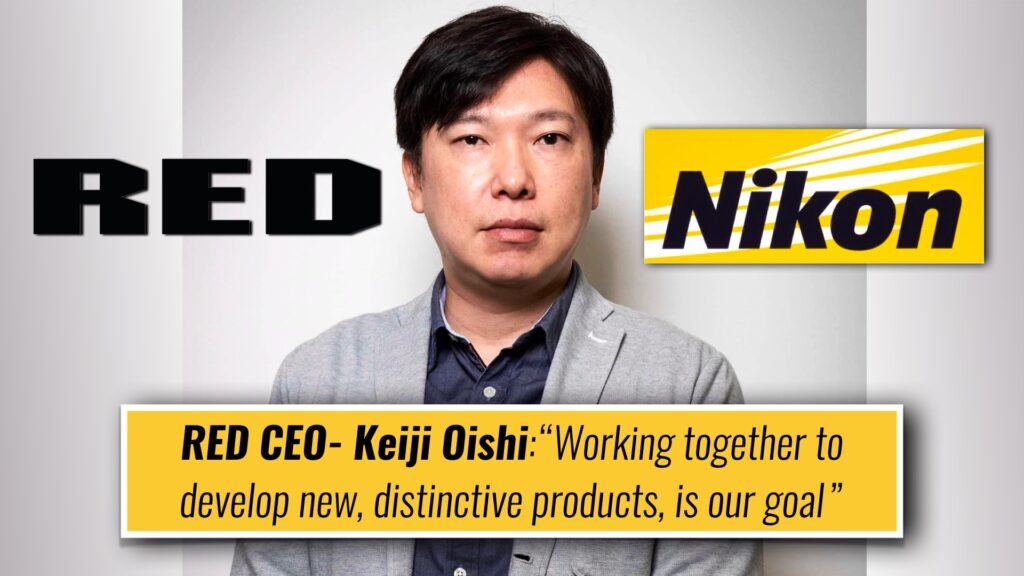





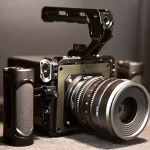
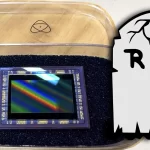
And, it was not filmed. Videoed, digitally. “His early films were primarily filmed on Super 8 and 16 mm film formats.” Filmed. As talented as Yossy Mendelovich is, he lacks any complete knowledge of the craft and has misused the word film in this article, de-educating the readers. Digital Video requires a different set of skills, technology, and history. Want to understand Orson Wells you need to understand the tools he used. Want to understand how Lucas produced Star Wars you need to understand the technology and film stock he had available. Realize that once the digital technology became available he (George Lucas) remastered his movies. There is an intelligence and responsibility to know the difference. It makes you stand out, it makes you better and it separates you from all the point-and-shoot “pros” that exist due to an improper and lack of education on the subject. Otherwise, if it says so on the internet in must be true. Respect. ✌♥
“Filmed” is used as a verb. cut the pretentious crap out. language evolves all the time and it does not care about your pretentious “purist” feelings
*clap clap*
@Chaz You are an extremely rude little troll.
Soderbergh filmed “Che” (2008) with two Red One prototypes, often under difficult conditions (e.g., the jungles of Bolivia).
You really need to get some copy editors or writers who’ve some professional composition skills. Aside from not being that informative regarding Soderberg’s reasons for using the A9 III, it seems written by someone with barely a middle school education. The opening premise, “he doesn’t care about the camera”, Soderberg contradicts this baseless claim by making specific and unorthodox choices for cameras. It shows he very much cares about the camera as a tool for enhancing the drama. The article did little to answer the most important question: what priorities drove him to his decision on cameras?
Soderbergh’s LOGAN LUCKY would look so much better if it was shot on film but he obviously doesn’t care.